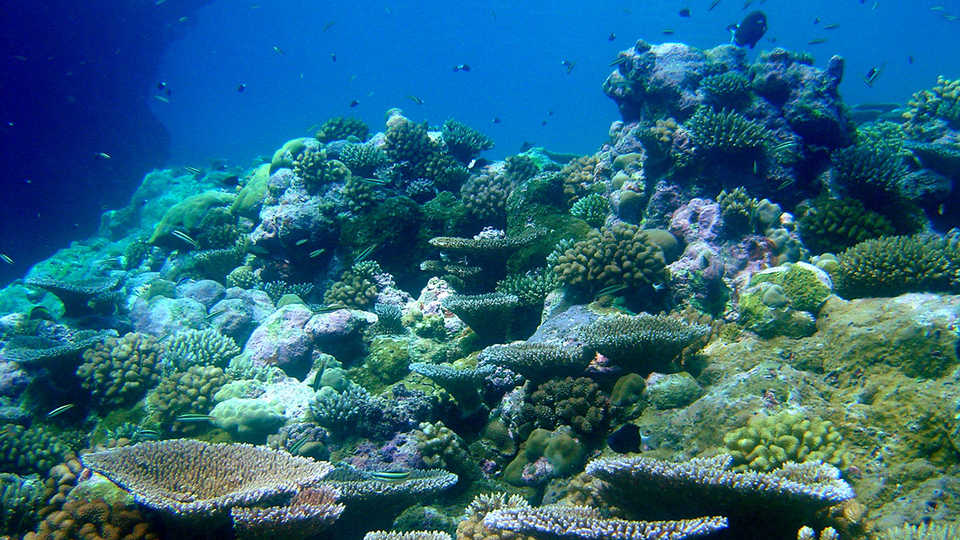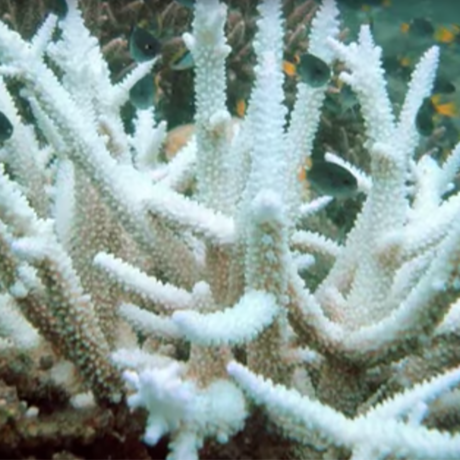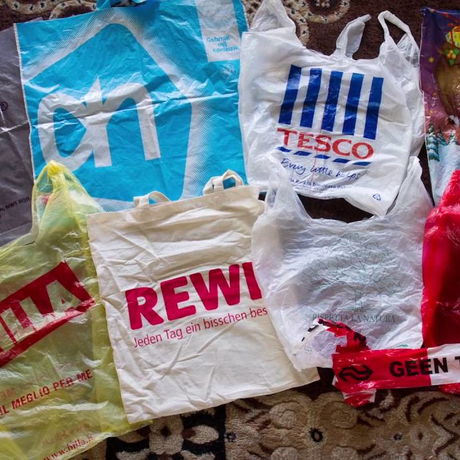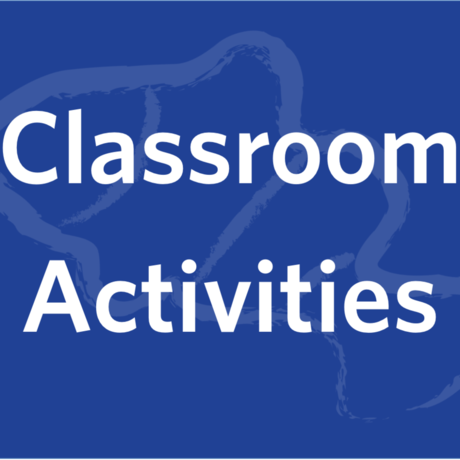Through this lesson, students will:
- Learn what organisms are affected by ocean acidification
- Take on the role of one of the stakeholders affected by ocean acidification
- Create poster(s) to address their issue(s)
- Participate in a mock conference to address the affects of ocean acidification
- Discuss solutions to reduce ocean acidification



